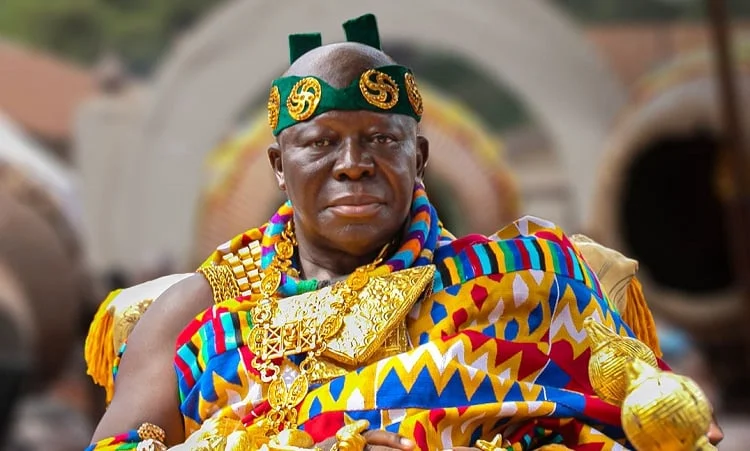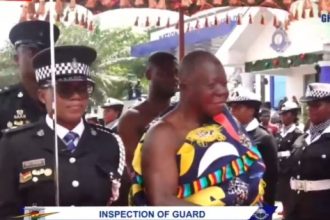The government has missed its first-half revenue target by GH¢4.1 billion, representing a shortfall of approximately 13%.
Provisional fiscal data for January to June 2021 shows that the country’s total revenue and grants amounted to GH¢28.3billion, equivalent to 6.5% of Gross Domestic Product (GDP).
According to the Ghana Revenue Authority (GRA), the revenue mobilised is against the targeted GH¢32.4billion, which is 7.5% of GDP.
For the same period, total expenditure, including the clearance of arrears, amounted to GH¢50.6billion, equivalent to 11.7% of GDP, against a target of GH¢55.1billion, which is 12.7% of GDP.
Nonetheless, the shortfall was an improvement over the 26% recorded in the same period in 2020.
In 2020, the government had GH¢22.01 billion for the first half of the year, although it aimed at GH¢29.76 billion, thereby, having a revenue shortfall of GH¢7.75 billion.
Meanwhile, to consolidate gains made to contain the adverse effect of the COVID-19 pandemic, the Minister of Finance, Ken Ofori-Atta said the government is implementing “bold reforms to increase revenue mobilisation and the efficiency of public expenditures.”
“Our focus on taxes is to collect what is due the Republic. To this end, we are building a robust framework to expand Domestic Revenue Mobilisation to focus on compliance and enforcement nationwide,” Mr Ofori-Atta has noted.
Those comments were made when he presented the 2021 mid-year budget review in parliament on Thursday, July 29.
The finance minister indicated that to realise this increase in revenue, the government has established a revenue blockage mechanism, known as the Revenue Assurance and Compliance Enforcement (RACE).
The remit of RACE is to identify and eliminate revenue leakages in areas such as petroleum bunkering, gold and minerals export, port operations, transit goods, warehousing, border controls and free zones operations.
To this end, “GRA is therefore implementing a transformation agenda to block the huge leakages in key sectors of the economy.
This transformation agenda is not just about mobilising more, it is equally about mobilising efficiently through technology and integrated data systems,” the finance minister said.
GRA measures to shore up revenue mobilisation
GRA has instituted various mobilisation measures to increase revenue.
This is to help the government in executing its developmental projects and also support the economic revitalisation and transformation agenda.
One of such measures is to leverage third-party data to enhance compliance through cross-referencing.
READ ALSO: Ghana Revenue Authority Goes After 5,000 Wealthy Tax Evaders
GRA is doing this cross-referencing through tax data with the Social Security and National Insurance Trust (SNNIT), Driver and Vehicle Licensing Authority (DVLA), and the Electricity Company of Ghana (ECG).
The authority is also optimising domestic tax collection operations through digitisation.
This, it expects to increase tax revenue collection efficiency.
The authority would achieve this through enhanced compliance measures, strengthening tax administration, and improvement in the ease of doing business with GRA.
In addition to this is the integration of TIN with the NIA card number. In this regard, GRA on April 1, 2021, collaborated with the Registrar-General’s Department (RGD) and the NIA to replace the existing TIN with the Ghana Card number.
According to the authority, this has made analysing and mining the NIA data to enable GRA to identify opportunities for additional taxpayers.
















